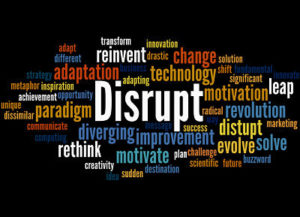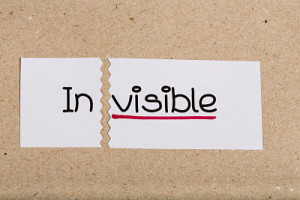The evolution of customer service
December 11, 2019
 If you’ve been in business for a few decades, you probably remember discussing whether or not you should get an 800 number to up your customer service game. Why not let your customers call you for free? Mobile packages and unlimited calling have made that notion pretty obsolete. You also published your mailing address on your packaging or your sales literature so customers could send you a letter if they wanted to communicate. When was the last time that happened?
If you’ve been in business for a few decades, you probably remember discussing whether or not you should get an 800 number to up your customer service game. Why not let your customers call you for free? Mobile packages and unlimited calling have made that notion pretty obsolete. You also published your mailing address on your packaging or your sales literature so customers could send you a letter if they wanted to communicate. When was the last time that happened?
Back in the 90s, the web took center stage and you might have added a contact us form or link to your very first website. You might have even created a customerservice@yourcompany.com email address. Even though that was almost 20 years ago – for many companies, that’s where the customer service innovation stopped.
Unfortunately for those companies, their customers’ expectations aren’t stuck in 1999 anymore. Whether we’re ready or not, consumers aren’t content with anything less than real-time customer service and they are taking to review sites and social media, expecting us to be there listening.
In this era of the digital age, social media channels like Facebook and Twitter have become a customer experience/service channel. Consumers turn to these sites because they’re right at their fingertips and they’re looking for a response. Now. Research shows that when consumers reach out to a brand on a social channel, they expect a response within an hour.
This shift is being called social customer service and if you want to earn and keep loyal customers, its adoption is not really optional. While the consumers are flocking to these new channels, brands are not there yet. In fact, a recent study conducted by Rational Interaction discovered that 95.2% of brands are failing at social customer service on Twitter.
The study examined communication patterns from 76 brands in a variety of industries including retail, tech, and healthcare after a consumer had directly reached out about an issue or problem. Remember, they’re expecting to hear back within 60 minutes. But instead, 58% of customers don’t get a response at all. That’s not just rude, it’s bad for business.
When a consumer’s tweets go unanswered, they’ll do more than unfollow. 55% of consumers reported switching to a different brand because of poor service on Twitter and 60% have then tweeted about the poor customer service they received, which has a ripple effect that can cost you money and your reputation.
Maybe it’s time you consider how you’re handling social customer service? Here are some best practices:
Create a customer service handle/identity: Rather than using your brand’s marketing handles, why not create @service-your company Twitter handle or Facebook page? That way, customer communications won’t get lost in the flurry of marketing activity and these specific channels can be monitored 24/7 but staff who are equipped to deal with customer issues.
Use hashtags to flag customer concerns: If you don’t want to monitor multiple channels, you can teach your consumers to use a hashtag like #yourcompanyhelpme to signal that they are looking for a response. You will still need to set up monitoring tools so you don’t miss a communication.
Create a team to monitor your channels 24/7: You can’t think of this as an M-F, 9-5 type of communication. Use a dedicated smartphone that can be passed between team members, but someone should always be “on call.”
The study from Rational Interaction showed that companies that take one of these approaches missed less than 5% of the customer service related tweets and were 28% more likely to get compliments from their loyal tribe.
Social media is the great equalizer. It allows small organizations to behave, connect and succeed like their bigger counterparts. Don’t miss this simple but critical way of connecting to your consumers. Are you going to be there when they reach out?
This was originally published in the Des Moines Business Record as one of Drew’s weekly columns.
More








